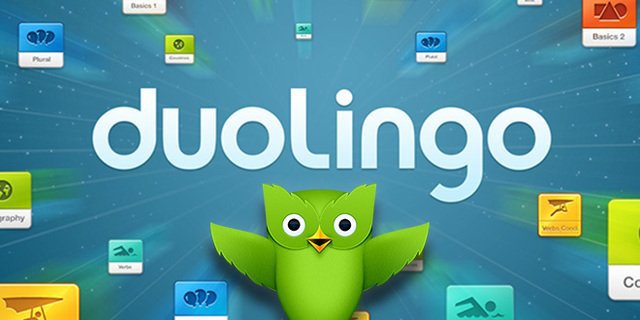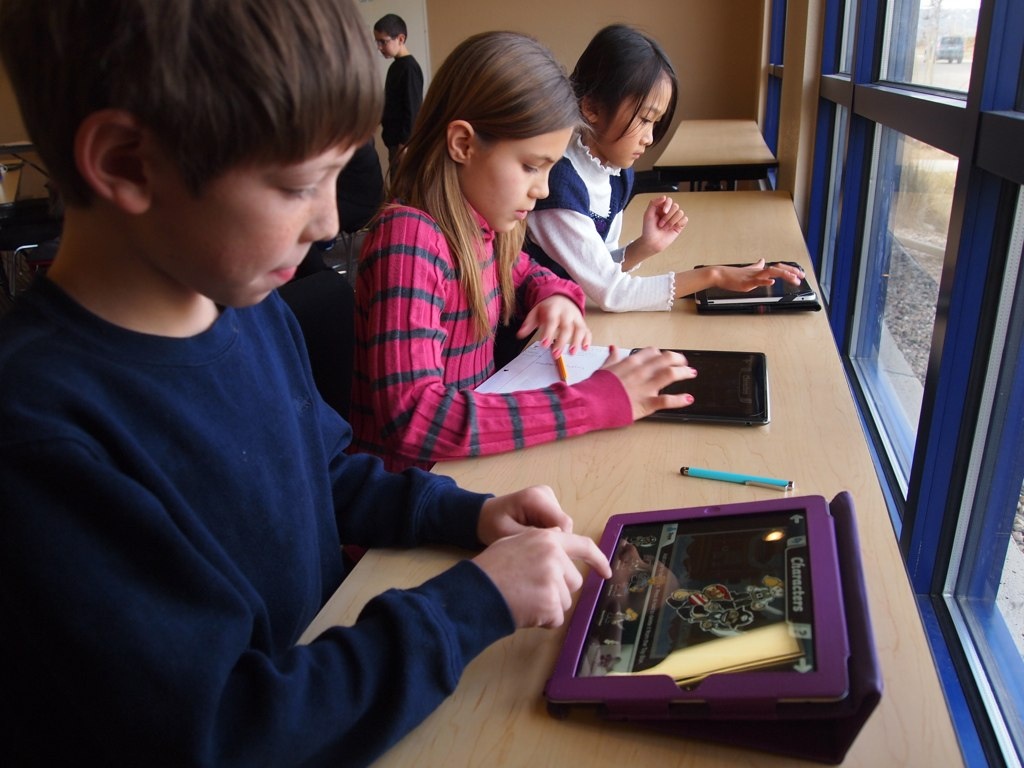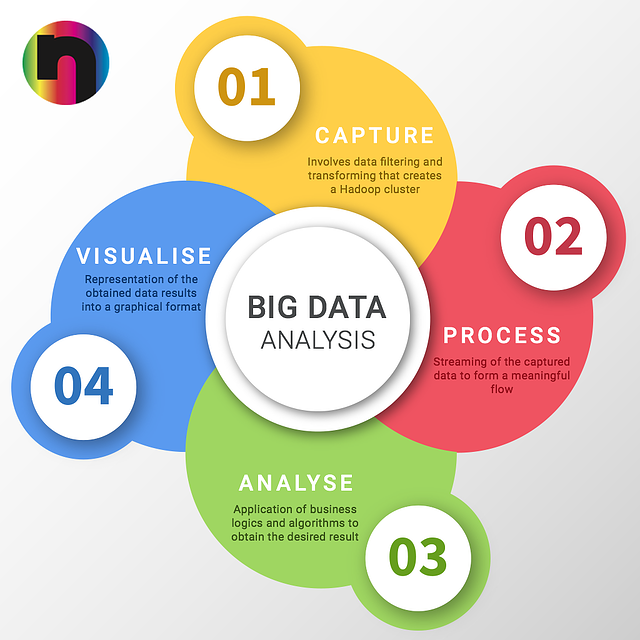Top Education Tech Trends for 2014
The introduction of mobile - smartphones and tablets has revolutionized the way education is imparted. Pair it up with online learning, 3D printers...
3 min read
Anurag : Oct 20, 2017 12:00:00 AM


Smart gadgets like tablets and phones are transmuting how we approach our shared knowledge sources by constantly keeping us in touch with all available information and data. It has given us freedom to enjoy unprecedented access to expertise, from online university courses to free lessons from top talents on YouTube. Every day people are engrossed in new and exciting forms of learning, and now we see that the traditional university and school systems have started to leverage the many opportunities for innovation in this area. Mobile technology is flourishing at a great pace in the education sector and has become a significant disruptive force in the field. The education industry is bringing in fresh frameworks and new models to avoid losing touch with the radically evolving needs of students and educators around the globe.
Toddlers today are more comfortable with tablets and smartphones than they are with books, college students are ditching physical campuses to learn from the mobile apps related to their subjects, and elderly professionals are hoping to learn new skills through mobile apps in their spare time, all thanks to the new technology that is booming today. The ubiquity of handheld devices and their persistent lowering costs has facilitated the idea of “education in your hands”. They are regarded as more engaging and better ways of imparting education.
Making way for increased adoption of mobile apps for virtual learning and into the classrooms, we take a look at the top 5 ways in which mobile apps have revolutionized the modern education system.
Mobile learning apps and learning management systems have provided a lasting way of creating educational courses. People across different age groups, from an enthusiastic 11-year old to retirees, are pursuing various online courses in their spare time on core technologies as computer science, artificial intelligence, and game theory- that are the free and provided by top universities. Education is no more a ‘finite’ term now, it reaches far beyond schools and universities to being implemented in industries and businesses. Today’s youngsters who are born with a personal device under their beds have access to continuous learning.
Portable technology has made education sector more fascinating and intelligent than what it was earlier with notepads and course reading. Most schools nowadays implement learning through apps and there are quite few sites like Coursera, Udacity, and TED that are helping students and teachers gain knowledge in an easy, fun and convenient way.
Smart classes in schools are common these days where children are taught using unconventional means like Virtual Reality (Google Expeditions), Augmented Reality and others. These advances have also prompted manufacturers to work on devices specifically for children (LeapFrog, Fire Kids edition etc) making it easier for children to get knowledge through alternative means.
With education based mobile apps on smart devices, children can work on assignments remotely and even get them reviewed. Students located in remote areas are largely benefitted by this technology. It allows them to learn anywhere and everywhere.
Read more: A Complete Guide on How to Raise Funds for Mobile Apps
Mobile technology is shaping how students and educators collaborate with each other and convey information outside the classroom too. There are many apps in the market like TeacherKit and Attendance app which keeps a track of various student’s performances like attendance, grade records, performance assessment, etc and also keeps parents better informed. Apps like Evernote and Dropbox help in seamless collaboration between students, their parents, and teachers.
Students and teachers have also upgraded themselves, with students' roles not being limited to gaining knowledge imparted by teachers.
The Flipped Classroom, a new technology trend that is being adopted by various nations, is a practice in which students watch lecture videos at home and class-time is utilized by the teachers for discussions. This enables students to learn at their own pace and has resulted in exceptional student results with noticeable grade improvements.
Trends like these, when combined with apps designed specifically for children with learning disabilities is also helping them overcome their disabilities better.

Understudies and instructors have overhauled themselves with the advancement of mobile technology. Google Earth for geography, Duolingo for learning languages, or Khan academy for entire course programs, the variety of options available for users are more than ever. These apps contain all the information related to the respective subjects.
Must Read: 10 Key points for Mobile app marketing
There are a lot of other ways in which mobile apps are helping the education system and for students to learn effectively, mobile apps need to emerge as a vital part of education system in this era of technology.
NewGenApps has been working on some top-selling and featured mobile apps for kids for the past 8 years, including apps for children with disabilities, educational apps as well as games. If you are looking for an educational app, do get in touch and lets get cracking.
The introduction of mobile - smartphones and tablets has revolutionized the way education is imparted. Pair it up with online learning, 3D printers...

The education system is often subjected to debate over the repetitive syllabus, outdated curriculum, and poor infrastructure. But on the positive...

Data alone is nothing but the deep data analyzed can become a treasure in the form of reliable information, which can make a difference in the...